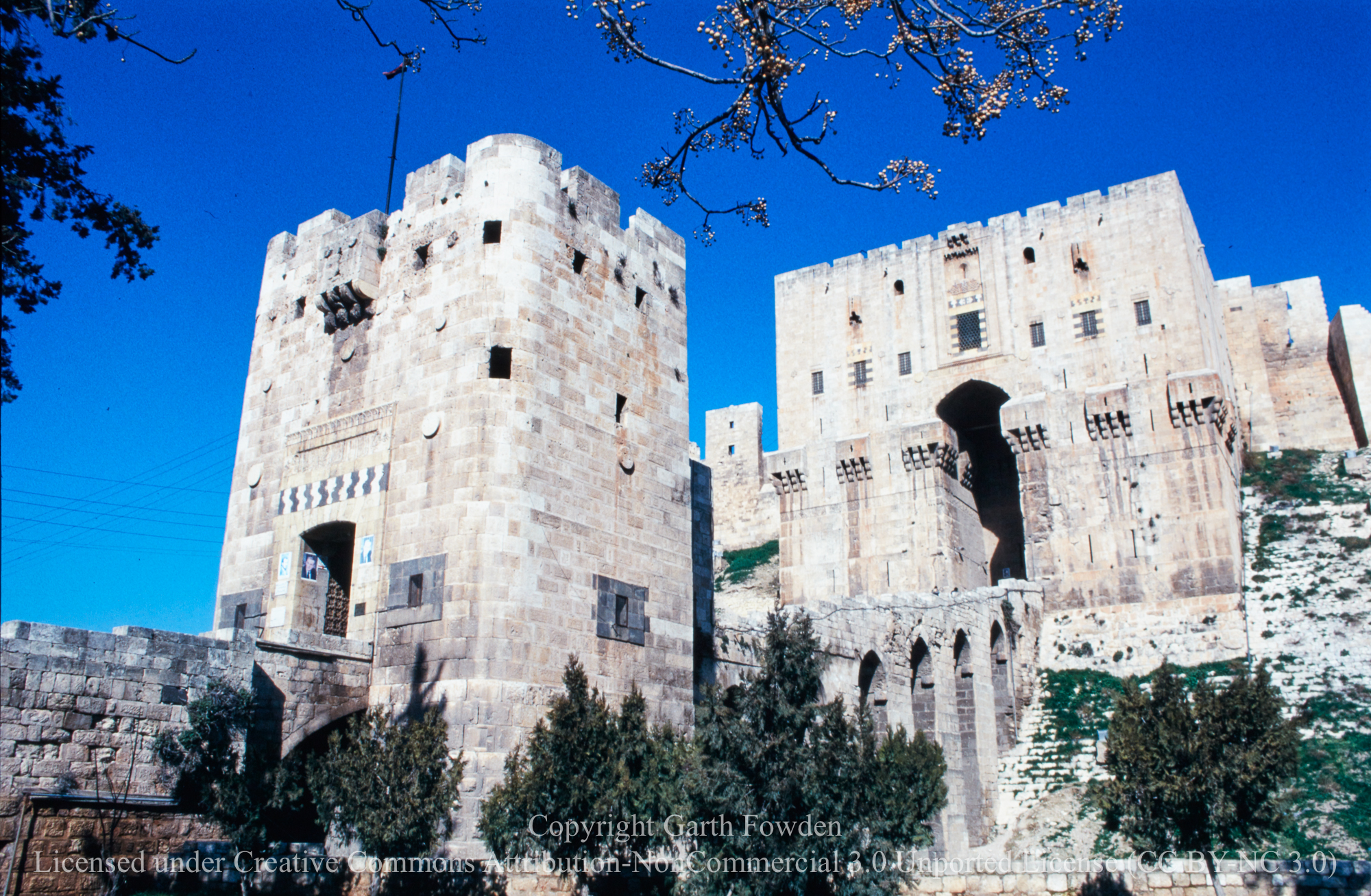edited with an introduction by Marvin Carlson, New York 2005.
The blog aggregates news about publications, activities, etc. related to Egyptian/Arabic scholarship in the field of Greco-Roman studies and thus seeks to challenge the Eurocentrism prevalent in the field. It aims also at directing the attention to relevant materials from modern nonacademic/public contexts; roughly from 1798-to the present. The news comes mainly from Egypt without excluding other Arabic countries.
Dear colleagues,
During several years, Vanessa Desclaux has collected information about more than 1700 objects from the site of Coptos now preserved in various museums, together with their bibliography. We are pleased to announce the publication of this database in its first version:
We hope this tool will be useful for further research.
With our best wishes,
Laure Pantalacci & Vanessa Desclaux

It's usually reported, not infrequently with astonishing confidence, that the Egyptian school of Greco-Roman Studies is a peripheral. Yet I wonder how this conclusion came 2 exist while its publications r not included either n L'Année philologique o n Bibligraphie Papyrologique!— Usama A. Gad (@usamaligad) November 20, 2018